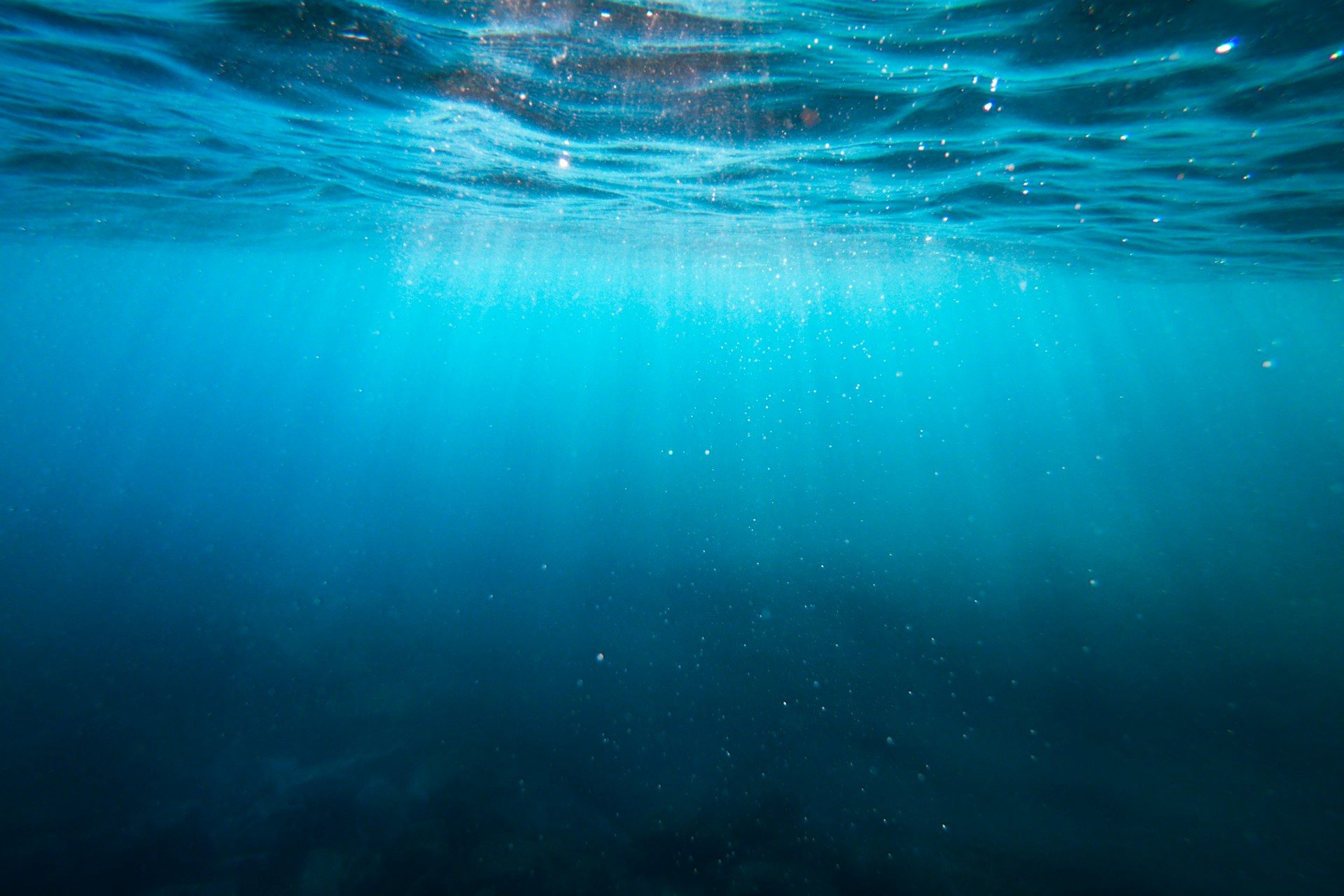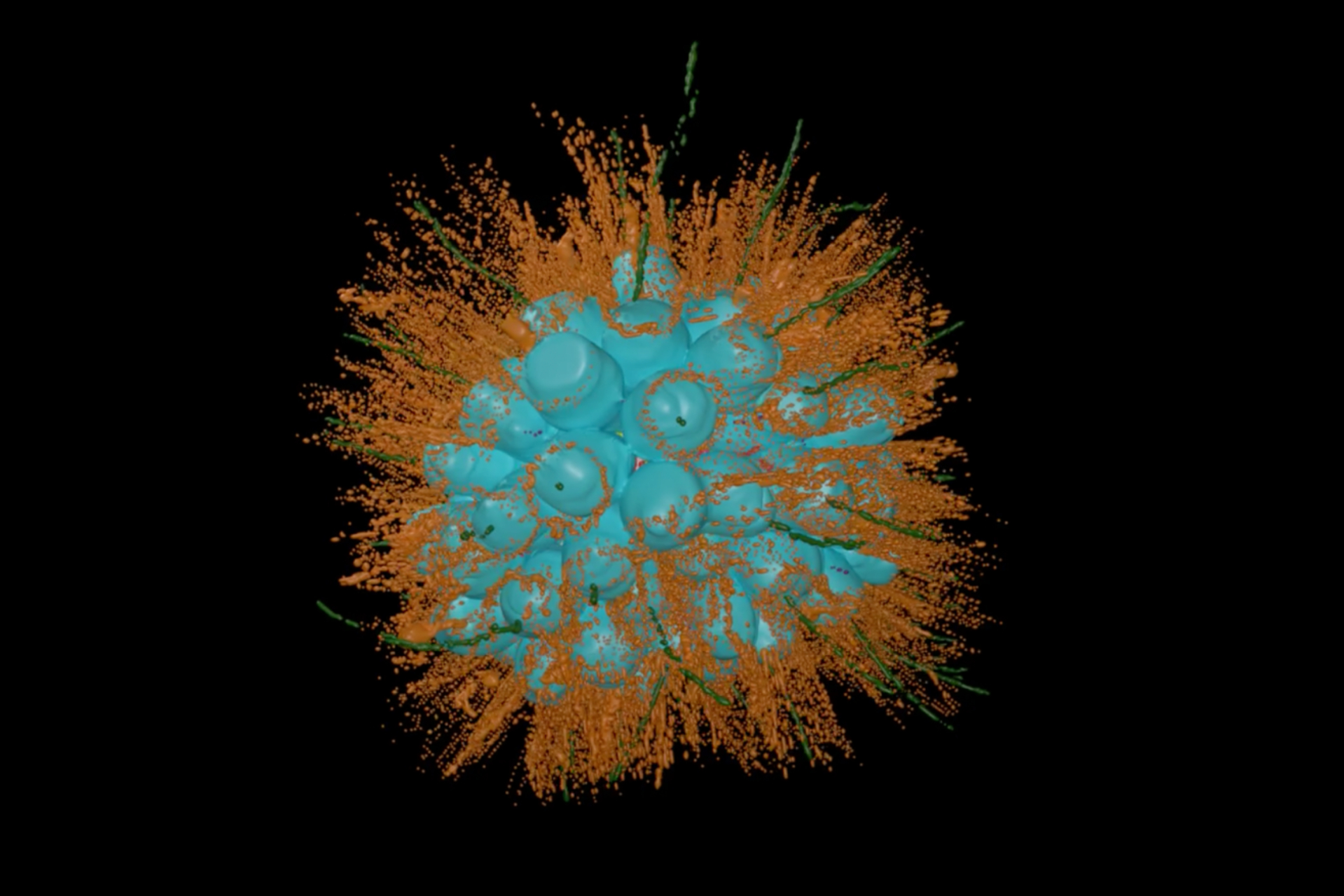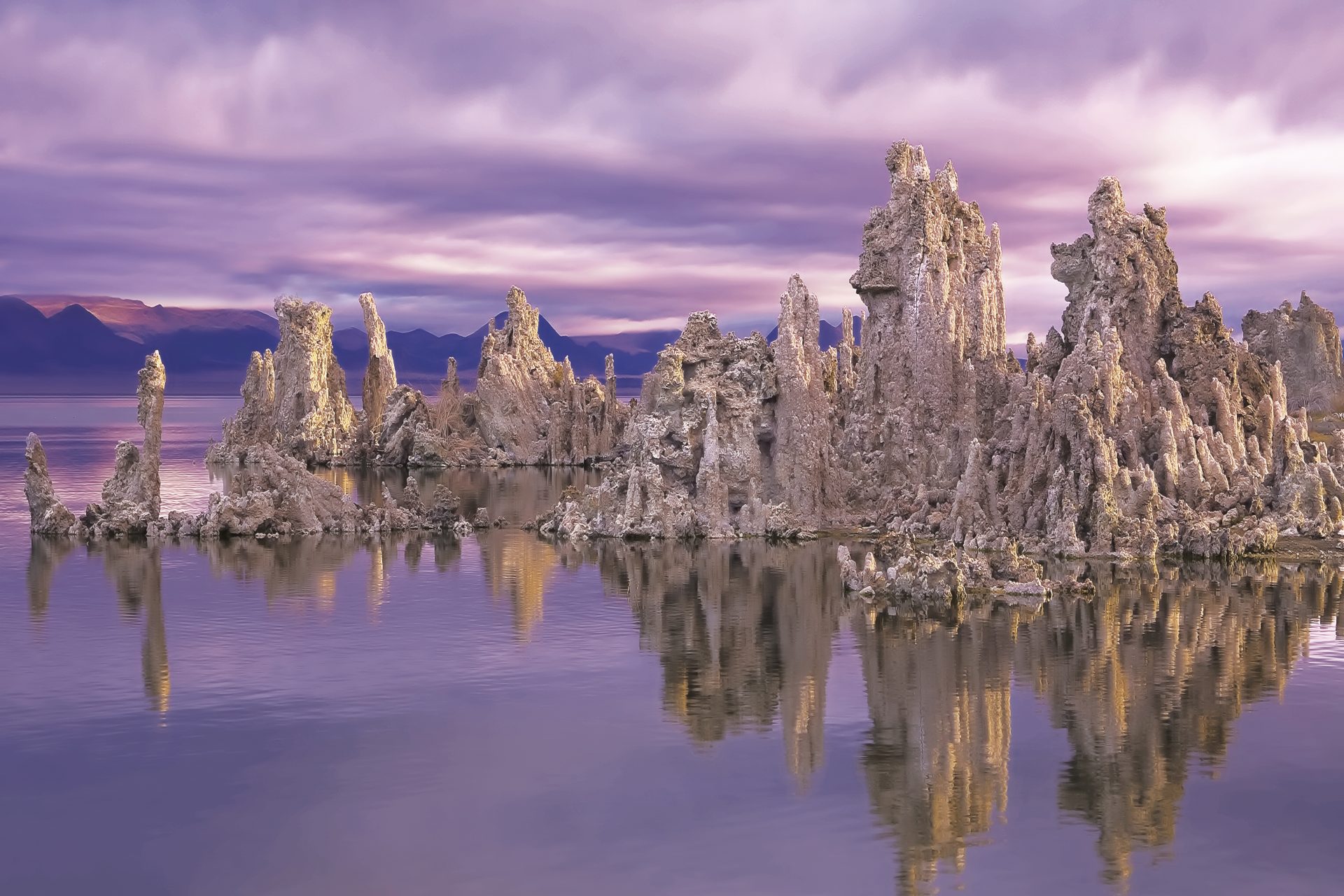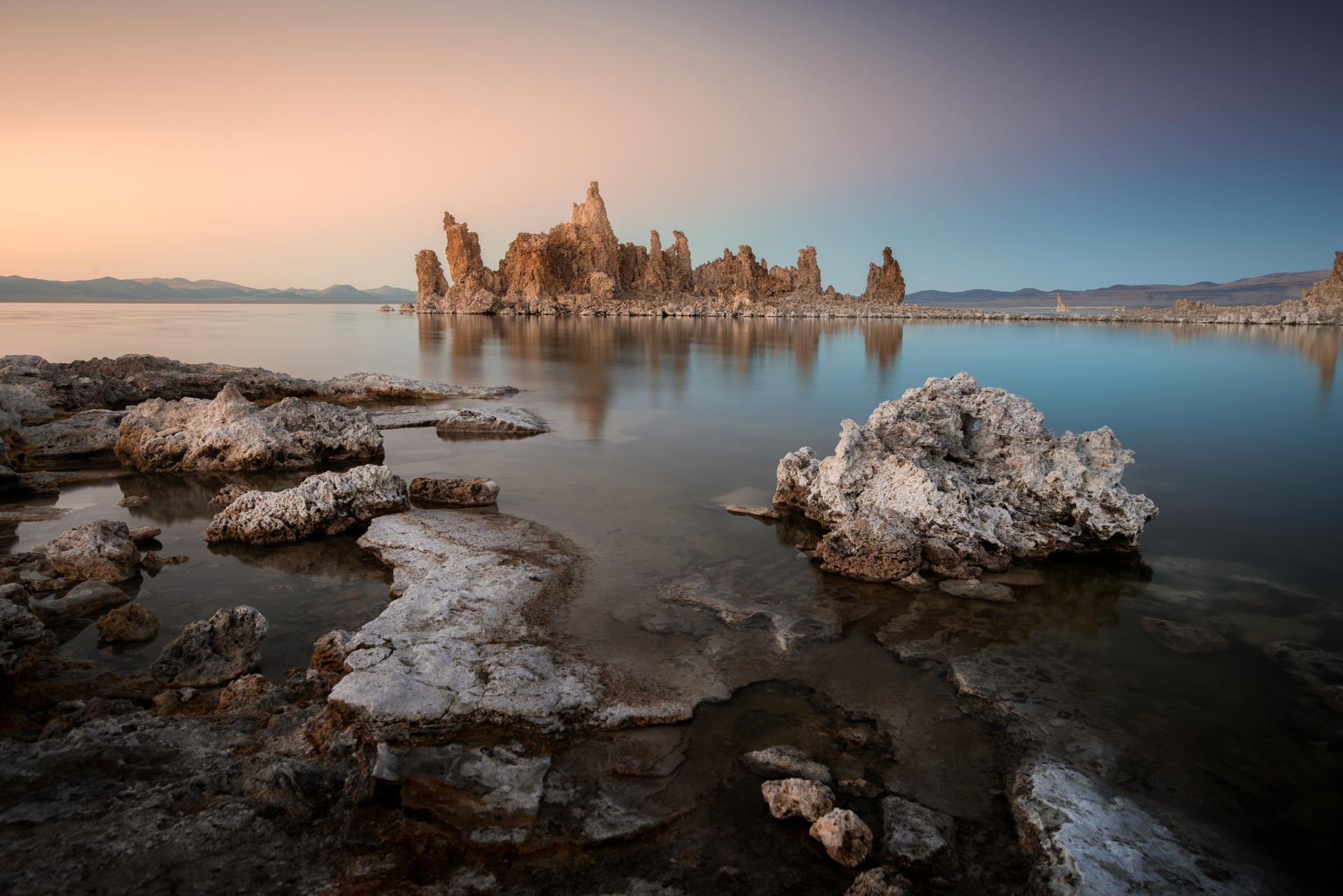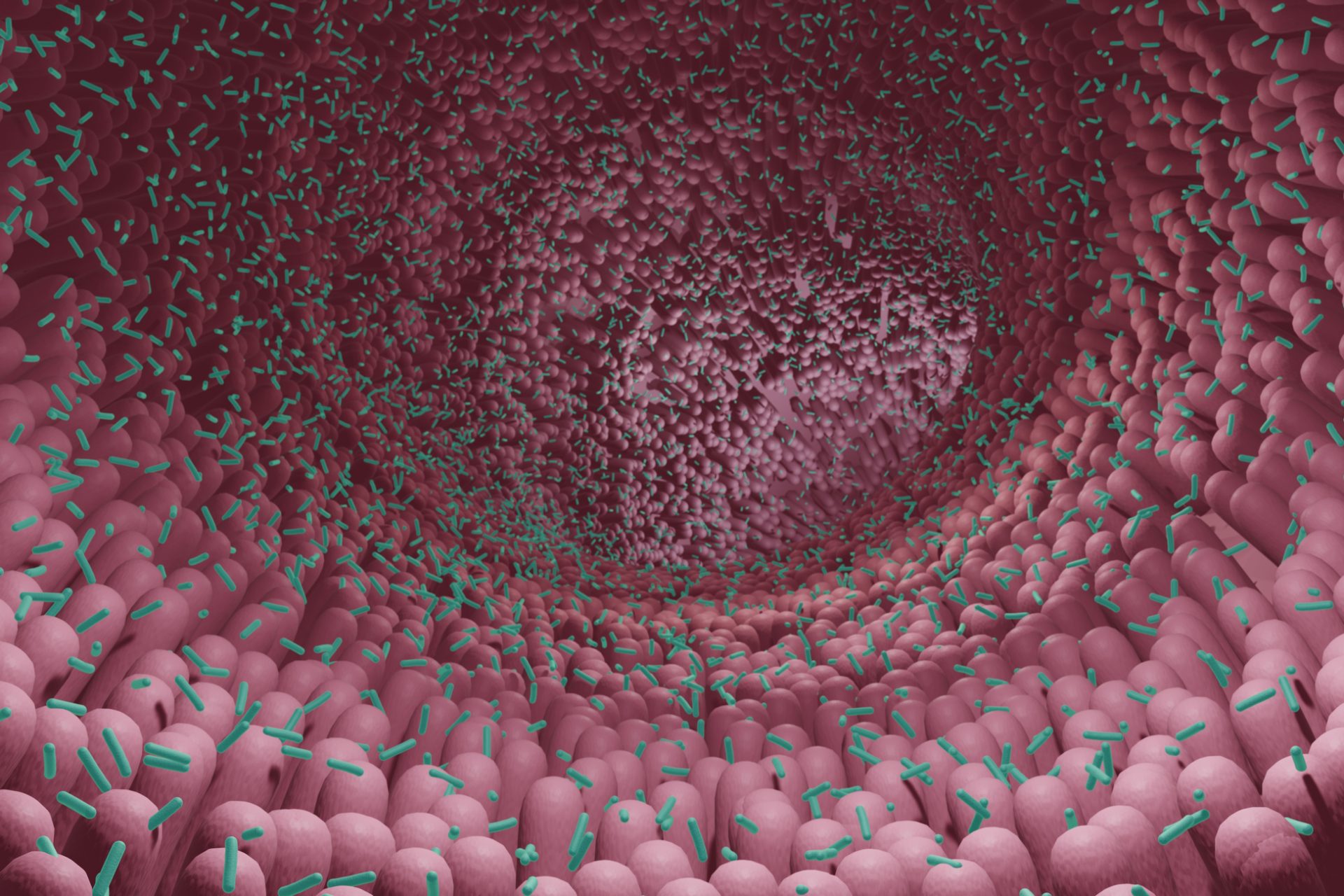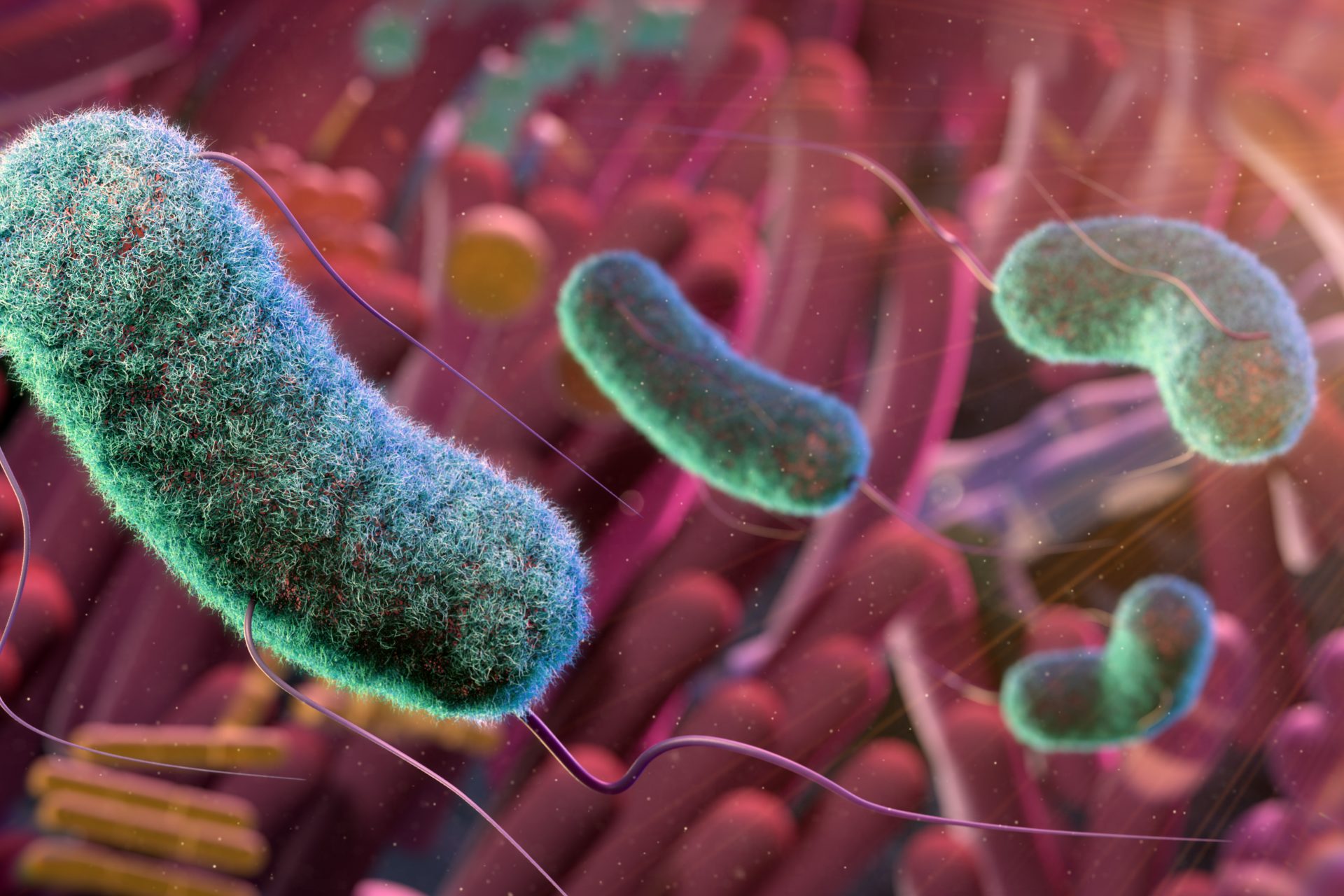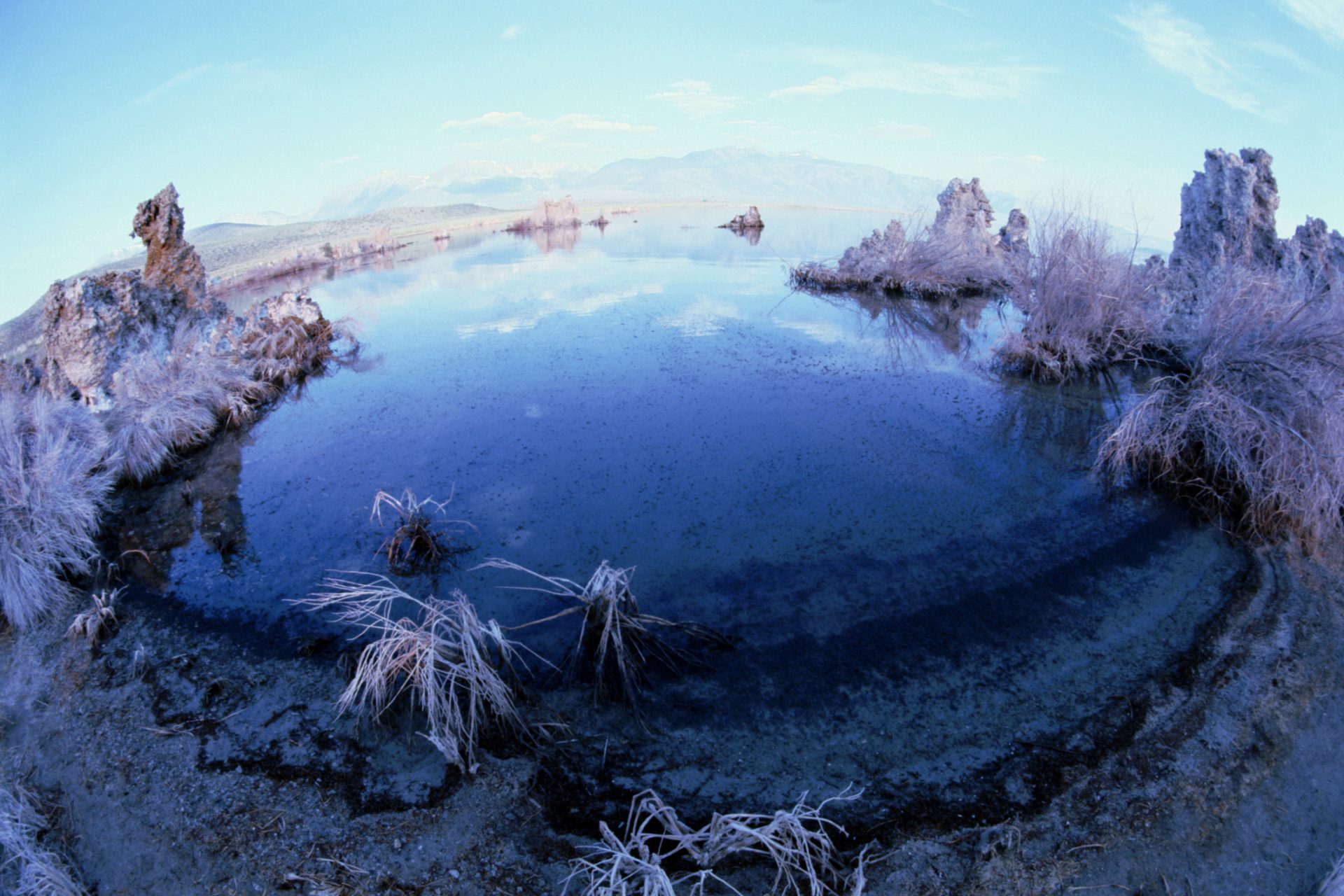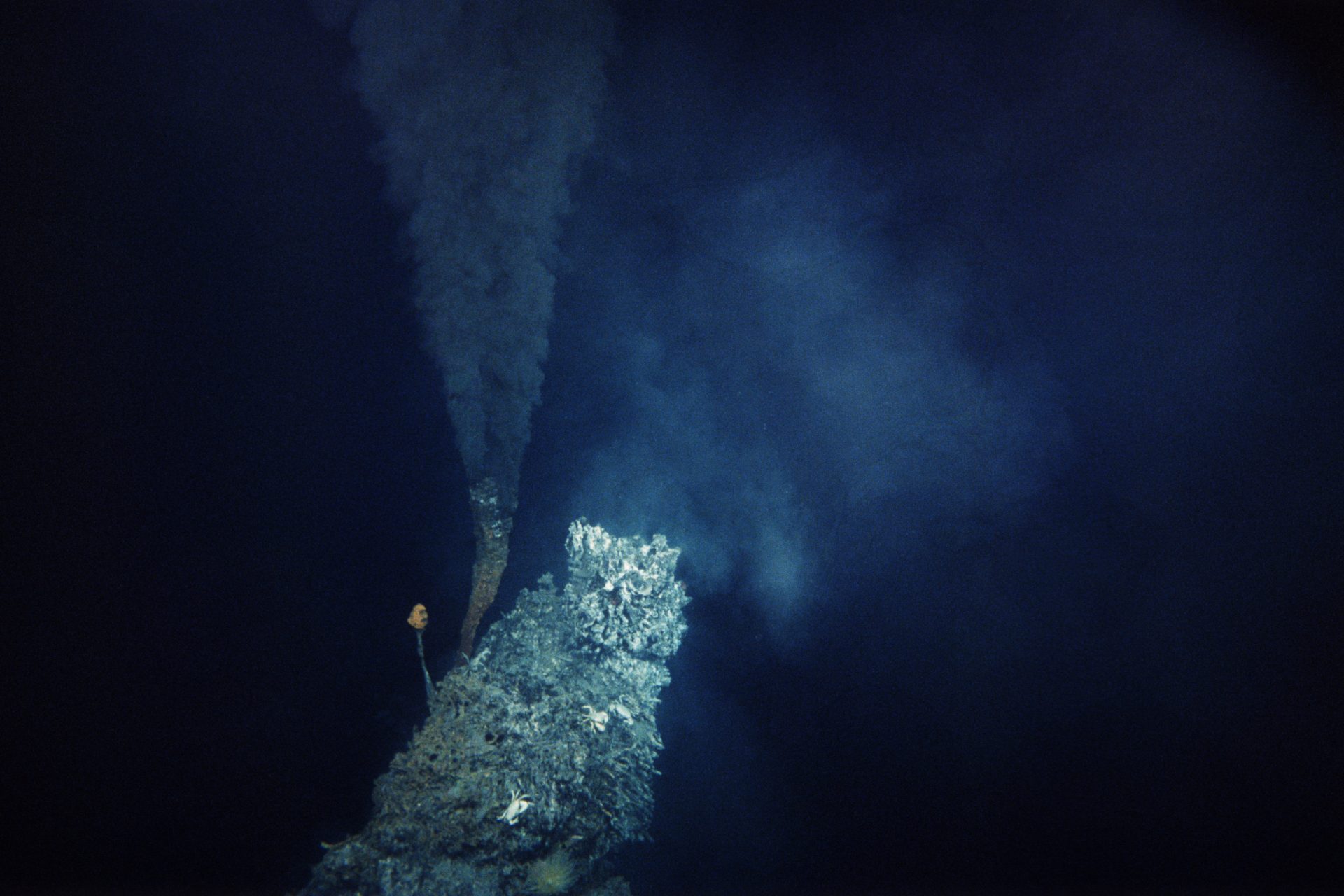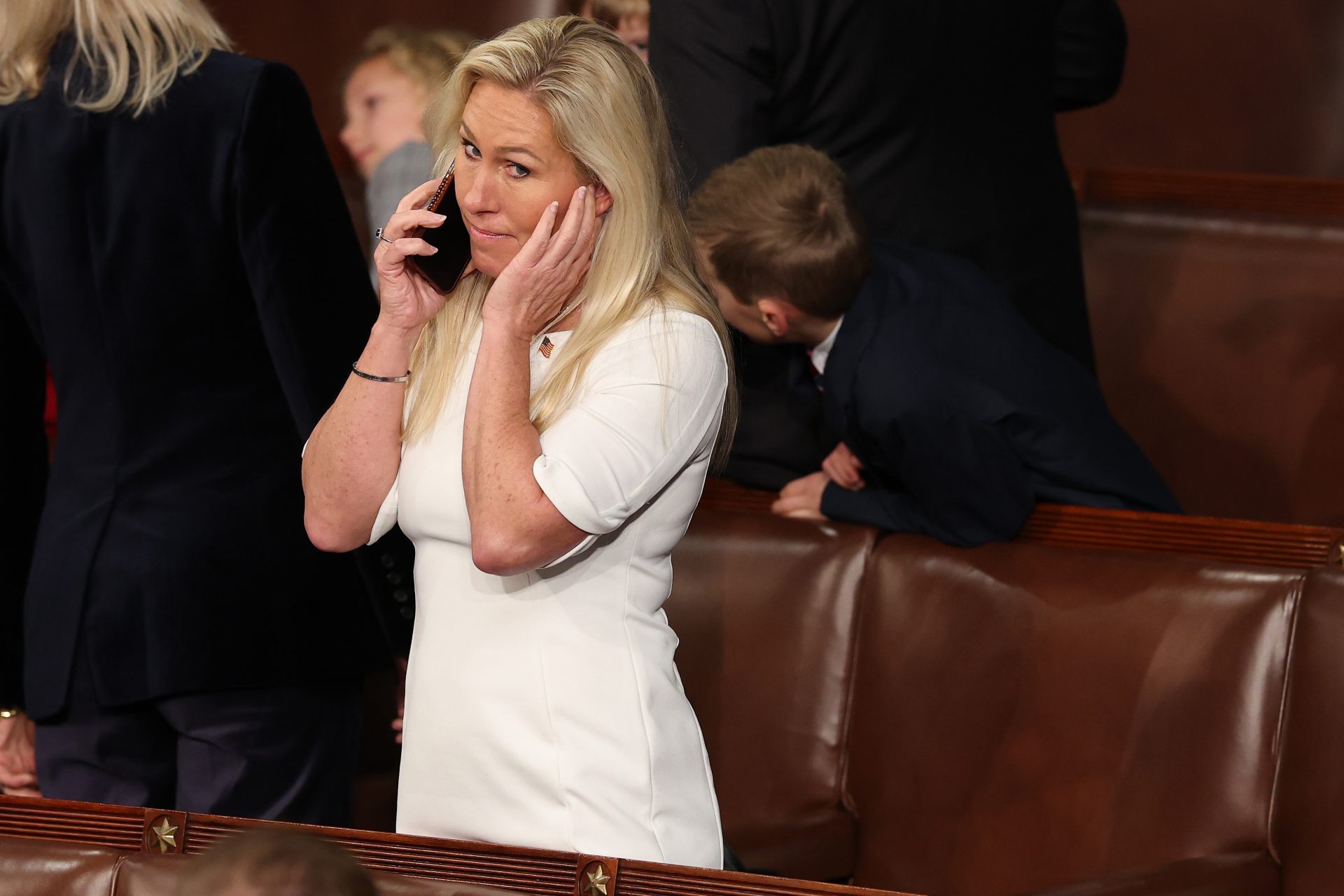Researchers found the closest living relative to all animals in a Californian lake
Researchers found a curious organism the size of a speck of dust hiding in a Californian lake. The finding is relevant not only because of the subject's size but also because of its nature.
The organism is a choanoflagellate. According to a University of California, Berkley press release about the finding, these species are not animals but members of a sister group to all animals.
Image: Cristian Palmer / Unsplash
Choanoflagellates are a single-cell form of life that can divide to form multicellular colonies, similar to how animal embryos, including humans, form.
Image: Davis Laundon and Pawel Burkhardt, Sars Centre, Norway; Kent McDonald and Nicole King, UC Berkeley
That is why experts consider the creature the closest living relative to all humans, a time-froze figure of how life was before complex forms like ours evolved.
University of California, Berkeley researchers discovered the organism in Mono Lake in the Californian Eastern Sierra Nevada and named the new species Barroeca monosierra.
The new species adds to a series of particular ones. Mono Lake has a very peculiar ecosystem, the press release said, with brine shrimp and black clouds of alkali flies. It also has towering tufa formations.
What is unique about the new type of choanoflagellate is that it harbors its own microbiome (an ecosystem of bacteria inside), as humans and other animals do.
Usually, choanoflagellates eat bacteria. Instead, Barroeca monosierra holds them inside its multicellular organism, as animals hold them inside their intestines.
According to the press release, choanoflagellates could tell scientists about the origin of animals more than 650 million years ago, giving insight into the creatures that lived in the ocean then.
"Very little is known about choanoflagellates, which are interesting biological phenomena. We can only gain insight if we understand their ecology," Nicole King, a UC Berkeley professor, said in the press release.
The new species can provide crucial insight into the origin of the relations between multicellular organisms and bacteria that led to the microbiomes of humans and other animals.
"Animals evolved in oceans that were filled with bacteria. So if we study organisms that are alive today, then we can reconstruct what happened in the past," Professor King said.
More for you
Top Stories




